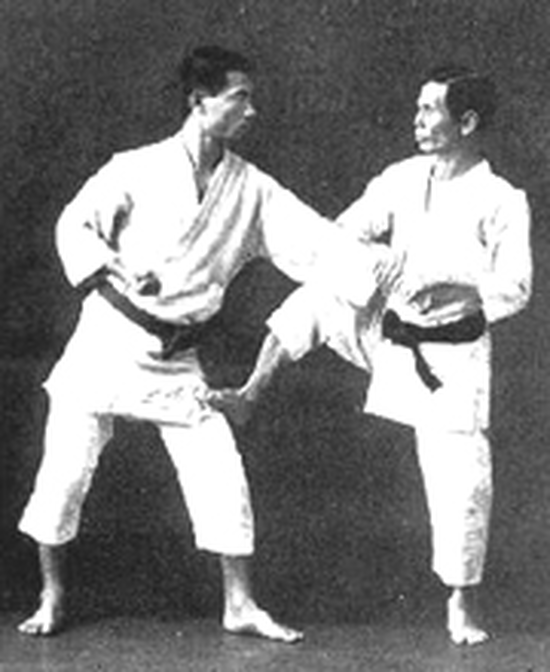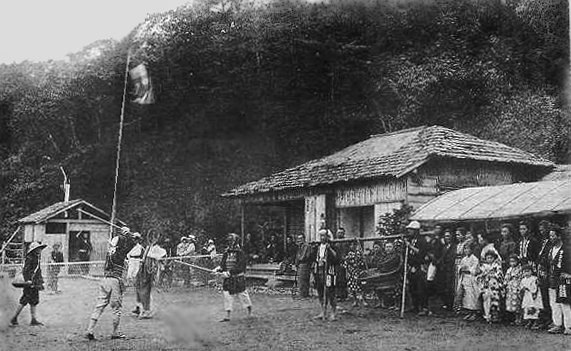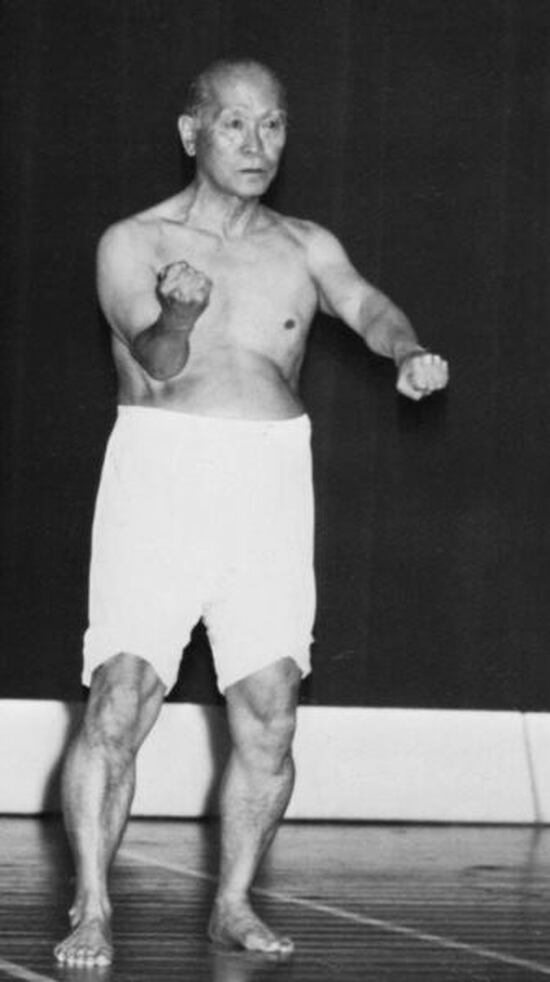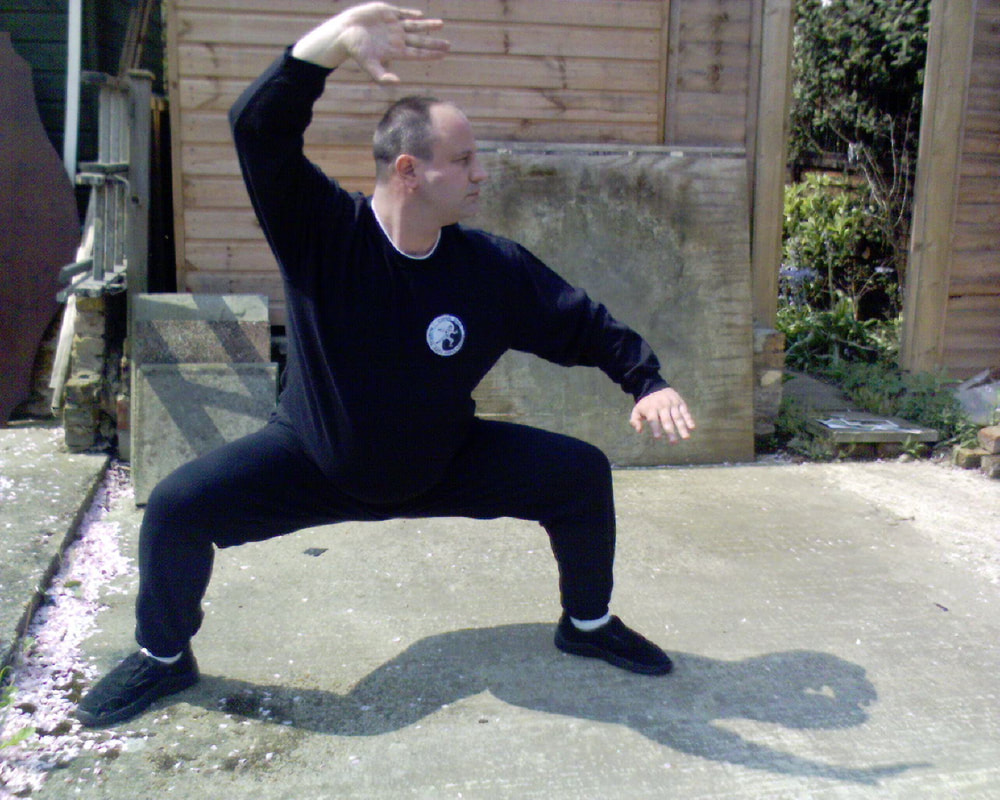I hope that you and your family are well. What follows is the fruit of my most recent labours on this path of research!
Memories of My Esteemed Master - Mr Miyagi Chojun [1] By Master Nakaima Genkai (仲井真元楷) {1908-1984} [2]
I took my time over this and tried to extract as much meaning as possible. This is a Chinese translation (word for word) of the original Japanese language text. The Chinese author - Mr Wang Biandou - is a Karate practitioner in China. Now, he got this article from a 1978 Japanese language magazine that once featured Okinawan Karate-Do Masters (I believe Mr Wang possesses a copy of this magazine). I know that in 2008 a Japanese person made a 'word for word' English translation - but Mr Wang's Chinese version has 14 footnotes that he added that contain very interesting extra historical data about training with Miyagi Chojun! A colleague in China found a photograph of Okinawan people practicing martial arts in the open dated to the late 1800s! A Japanese friend of mine provided the impressive photograph of Master Nakaima Genkai!
With Respect
Adrian




 RSS Feed
RSS Feed